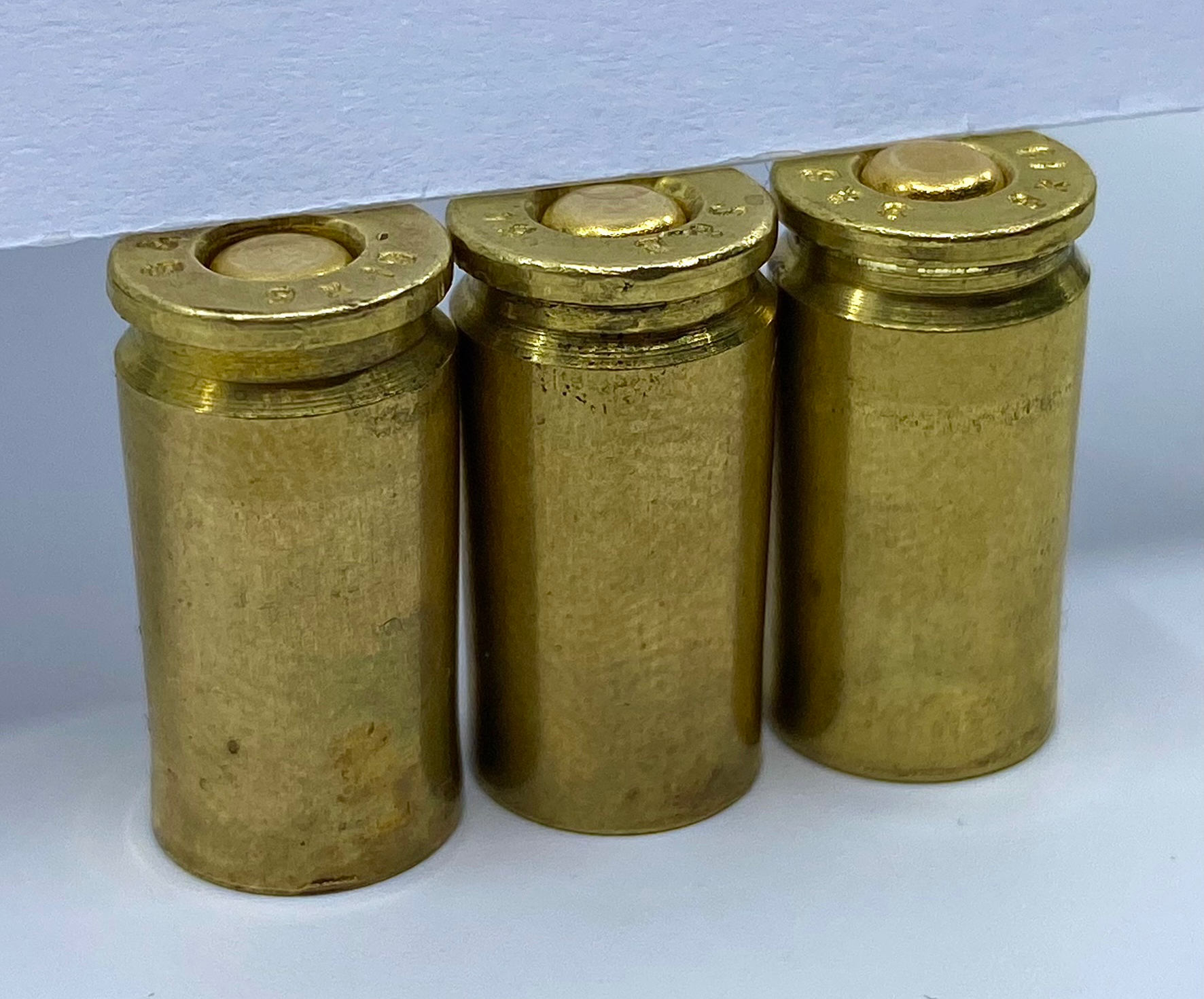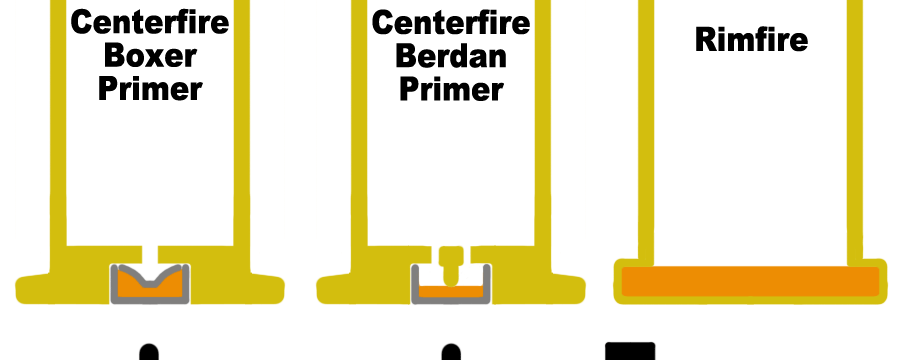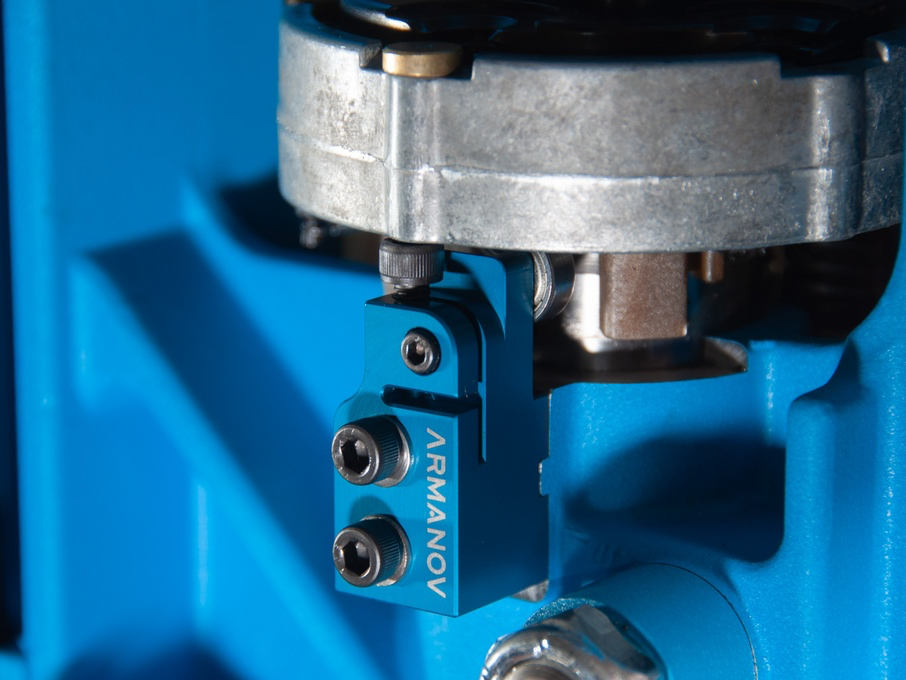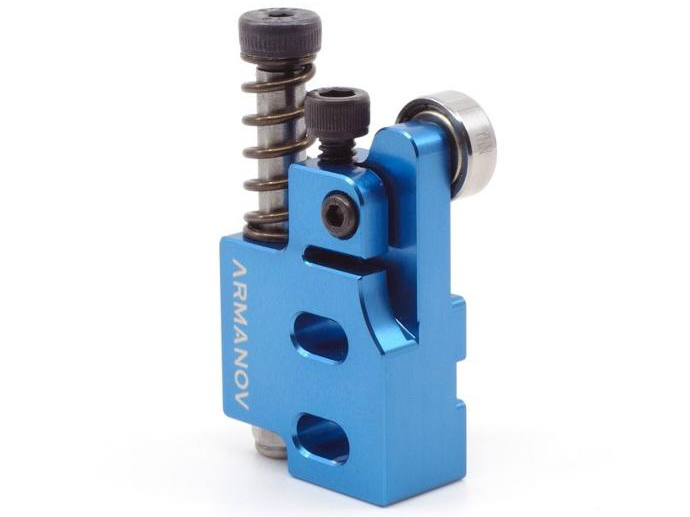Understanding the Significance of Primer Depth
Depending of the round being reloaded and the firearm used the primer seating depth can a play a critical role in consistent ignition, accuracy, and safety in reloading.

What is a primer and what does it do?
A primer is a small but crucial component in a centerfire or rimfire cartridge. It is responsible for initiating the ignition process when the firearm’s firing pin strikes it.
When the firing pin strikes the primer, it crushes the priming compound inside between the outer shell (cup) and inner cage (anvil). This creates a small explosion, generating a hot flame. The flame ignites the gunpowder inside the cartridge case. The expanding gases from the burning gunpowder propel the bullet down the barrel.

What do I need to look out for regarding primers & reloading?
Not much. Make sure that the primer is the right side up and that it is not squished or deformed after it has been pressed into your brass. Also make sure that your primer depth is correctly set to avoid misfires, jams and other malfunctions.
Primer depth & why does primer depth matter?
If the primer is too shallow (high primer), it may not seat fully against the bottom of the primer pocket, leading to light strikes or misfires. This can also result in a misfeed or jam or a detonation due to bolt/slide pressure.
If the primer is seated too deep (over-seated), the firing pin may not engage properly with the primer cup. This can also lead to a light strike. Over-seating primers may also damage the primer cup, potentially leading to a failure to fire or a hangfire.
In different aplications different primer depths are accepted, depending on the type of brass used.. Pistol, Rifel, Large/Small primers... but in general, a so called BELOW FLUSH depth of 0,003” - 0,005” (up to 0,002“ - 0,009“) below the case lip is considered the way to go.
So what is the problem?
Most of the available progressive reloading machines do not have an adjustable height priming system. This includes the Dillon Precision XL650 & XL750 (more on this presses below). This can be problematic if you shoot a firearm that is sensitive to primer seat depth or has a modified firing mechanism.
If premier seating depth is a problem you can try some settings like: check that your shell plate is not to loose. Make sure that the ejector wire is not under the main shell plate bolt. Loosen the primer fail-safe rod butterfly if spring too tight.
On the Dillon RL1050/1100 the primer seating depth is filly adjustable. With a 3/32 hex key you adjust a screw located on the toolhead between the sizing and swage backup die. With the toolhead in the bottom position make small turn increments of about 1/8 of a turn until you are satisfied with the primer seating depth.
Is there a solution for Dillon XL650 & XL750 ?
Armanov Index Bearing Cam Block
A comprehensive solution
None of the above mentioned settings address the primer seating depth problem directly or offer any real adjustability. This is where the Armanov Index Bearing Cam Block with Primer Depth Stop comes into play as a comprehensive solution to multiple problems.
When designing a new product at Armanov, we always want to answer the question why? For the XL650 & XL750 cam blocks, we wanted a multi functional product that addresses more than just one of the shortcomings of these machines. We wanted an adjustable cam block for precise indexing with a bearing to eliminate friction and to make a smoother reloading cycle. But the main goal was to gain primer seating depth adjustability.
With these adjustable cam blocks your Dillon XL650 and XL760 will offer true adjustability and fine tuning options. Ammo reloaded to your specification.

